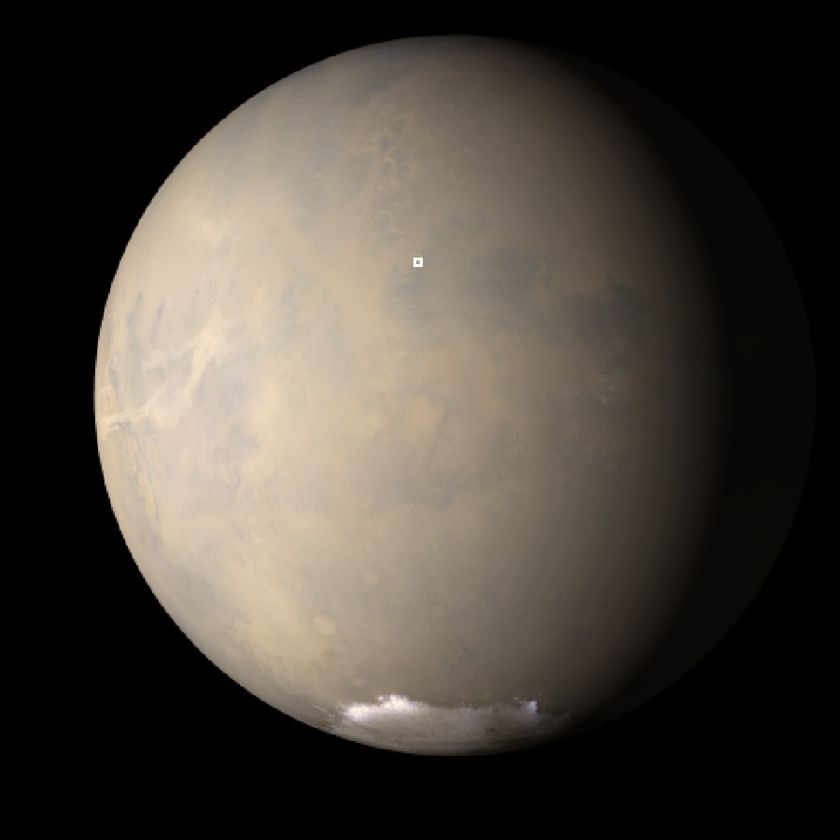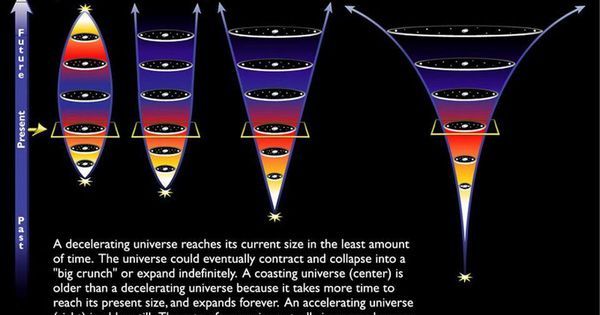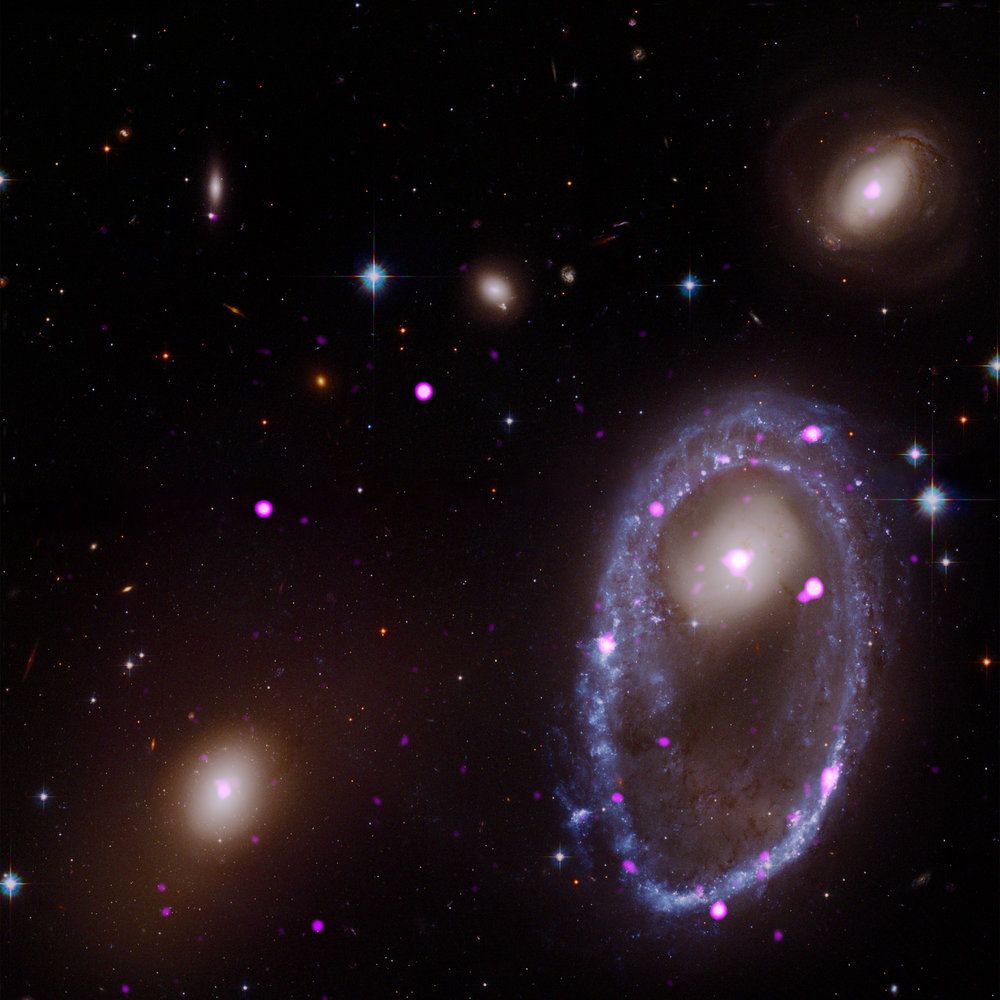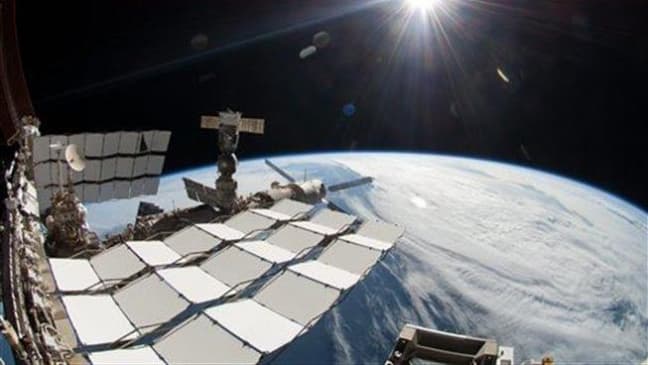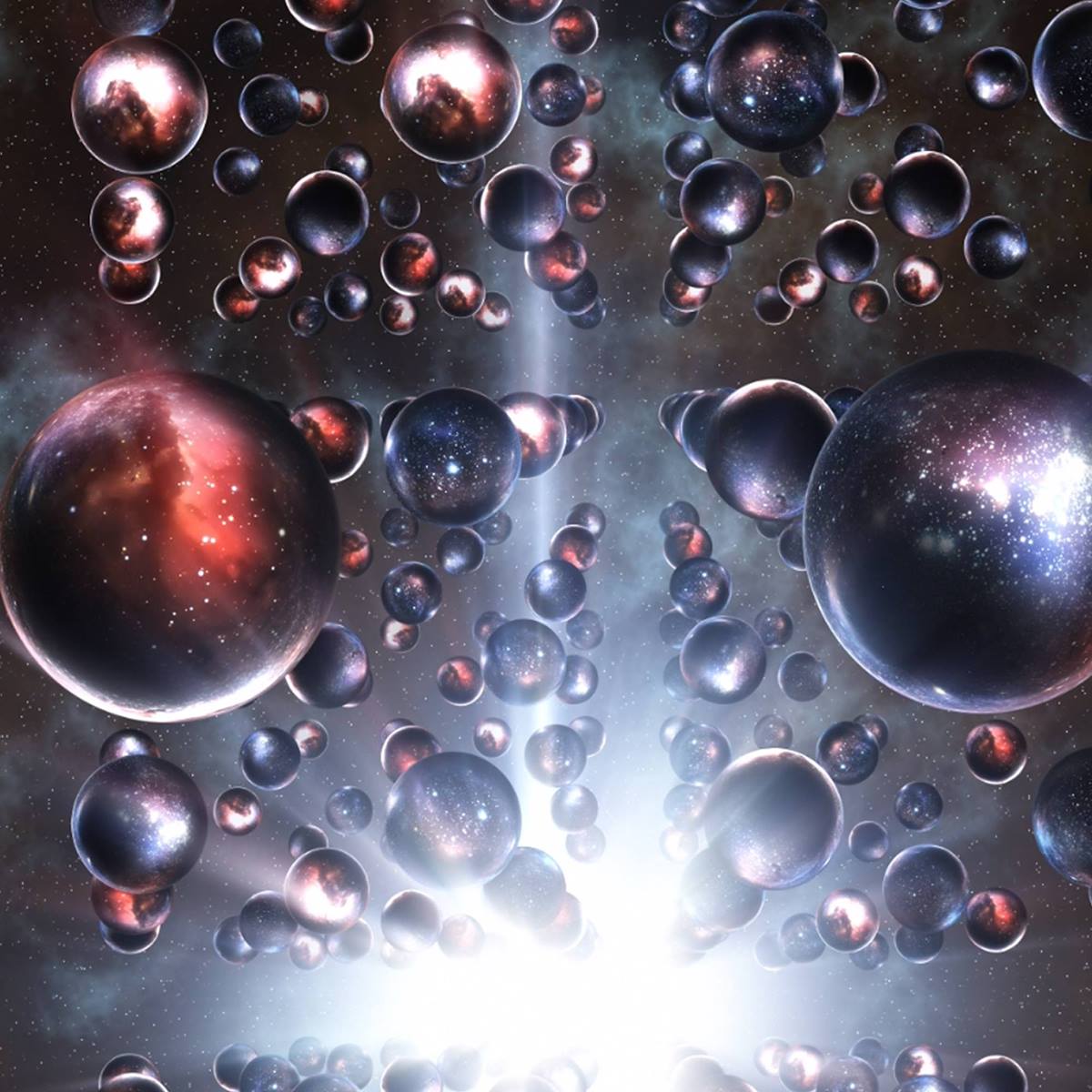Archive for the ‘cosmology’ category: Page 339

In the over two-decades-long search for dark matter, scientists so far have come up short. In recent years though, construction of new experiments and upgrades to already existing detectors are giving new hope that we’re closer than ever to understanding dark matter.
One of those new efforts is SABRE, an international collaboration that will house multiple detectors working in tandem in the southern and northern hemispheres: two at Italy’s Gran Sasso National Laboratory, and another at an underground lab in an Australian gold mine.
The dust is settling on the Red Planet. Is the remaining Mars Exploration Rover about to rise and shine after three months of slumber? MER Project Manager John Callas returns with a realistic yet hopeful assessment. He also tells us what Opportunity will be asked to do after we hear from her. Planetary Society Senior Editor Emily Lakdawalla returns with a preview of China’s next two missions to the Moon, one of which will make the first-ever farside landing. How close is the nearest black hole? We’ll get the answer as Bruce and Mat explore the night sky in this week’s What’s Up.
Sep 11, 2018
This Is Why Dark Energy Must Exist, Despite Recent Reports To The Contrary
Posted by Genevieve Klien in category: cosmology
Sep 10, 2018
Galaxy Punches Through Neighbor to Spawn Giant Ring of Black Holes
Posted by Genevieve Klien in category: cosmology
New observations from NASA’s Chandra X-ray Observatory reveal a very bright source of X-rays that is likely powered by either a ring of stellar-mass black holes or neutron stars located 300 million light-years from Earth.
Sep 9, 2018
Taking the First Picture of a Black Hole
Posted by Genevieve Klien in category: cosmology
Sep 6, 2018
Scientist Passed Over for Nobel Wins $3M, Donates It
Posted by Genevieve Klien in categories: cosmology, physics
Jocelyn Bell Burnell was a PhD student at Cambridge University some five decades ago when she made an astronomical discovery while reviewing data from a radio telescope: faint, repeating pulses of radio waves.
These signals came to be known as pulsars, a type of neutron star described by Scientific American as “a city-sized collapsed core of a massive sun that is made of degenerate matter and throws off lighthouse-like beams of radio waves.” The discovery was a leap forward: It pointed to the existence of black holes, provided evidence for gravitational waves, and much more.
It also yielded a 1974 Nobel Prize—but not for Bell Burnell. Instead, the prize went to Antony Hewish, Bell Burnell’s PhD supervisor, the Guardian reports.
Continue reading “Scientist Passed Over for Nobel Wins $3M, Donates It” »
Sep 5, 2018
Jet Of Material From Neutron Star Collision Appears To Eclipse Light Speed
Posted by Genevieve Klien in categories: cosmology, physics
When two neutron stars collided in August of 2017, the resulting black hole emitted a jet of cosmic material at extremely high speed.
As reported by the Inquisitr in June 2018, the collision of two neutron stars in the cosmic event known as GW170817, perceived by humans in August of last year, appears to have created a black hole. It also appears to have created a jet of superfast material, detected and measured by a collection of National Science Foundation radio telescopes, and the results of those measurements seemed to show the jet moving at nearly four times the speed of light, an impossibility in our current understanding of the laws of physics.
In observations less than half a year apart, the jet seemed to cover a distance greater than two light years. Since a light year is defined as the distance light can travel through a vacuum in a year, that would indicate that the jet was hurtling toward Earth at nearly four times the speed of light, according to Space.com.
Continue reading “Jet Of Material From Neutron Star Collision Appears To Eclipse Light Speed” »
Aug 31, 2018
Our universe could be one of an infinite number of universes
Posted by Shailesh Prasad in category: cosmology
Aug 30, 2018
Scientists Discover Possible First Proof of Parallel Universes
Posted by Michael Lance in category: cosmology
We can’t entirely rule out that the Spot is caused by an unlikely fluctuation explained by the standard model.
A study on the strange Cold Spot in space may prove that we live in a multiverse.


